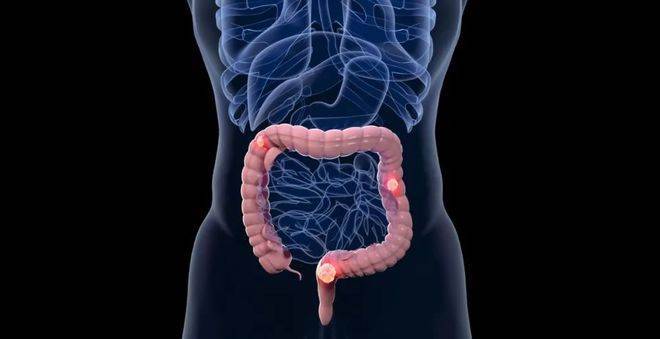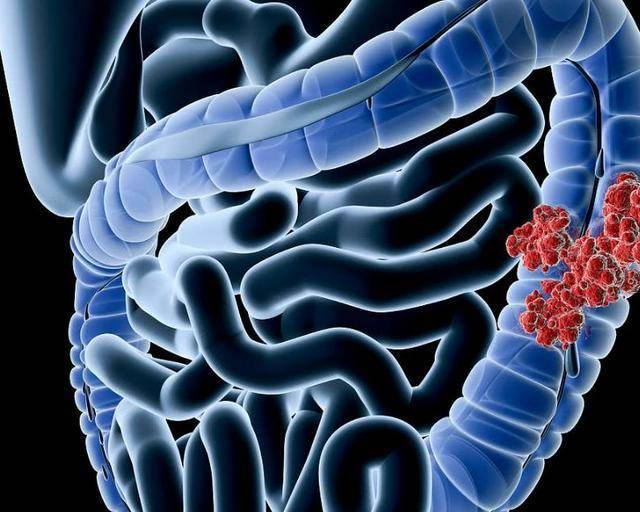
Treatment options for colorectal cancer depend on the stage of the tumor, which is how far it has spread or affected the bowel wall and other tissues, and whether it is located in the colon or rectum. Generally, patients with colon cancer receive postoperative chemotherapy if the lymph nodes are positive.
For rectal cancer, patients with positive nodules or tumors that extend into the perirectal fat receive chemotherapy plus radiation, most often before surgery.
Treatment also depends on the patient's age, medical history, general health, and tolerance for specific medications and therapies.

1. Partial ColectomyAlso called a partial bowel resection, the surgeon removes tumor and normal tissue on either side of a patient's diseased area of the colon and reconnects the healthy colon. Sometimes, doctors may have to create a temporary colostomy until healthy tissue heals.
Sometimes, a colostomy is permanent.
2. Laparoscopic surgerySmall tubular instruments and a tiny camera are inserted into the abdomen through an incision in the abdominal wall. The surgeon sees what the camera sees on a television-type screen and can remove a large portion of the intestine and adjacent tissue, called the mesentery.

The article is not finished. Click on the next page to continue.
The article is not finished. Click on the next page to continue.
Next page


















